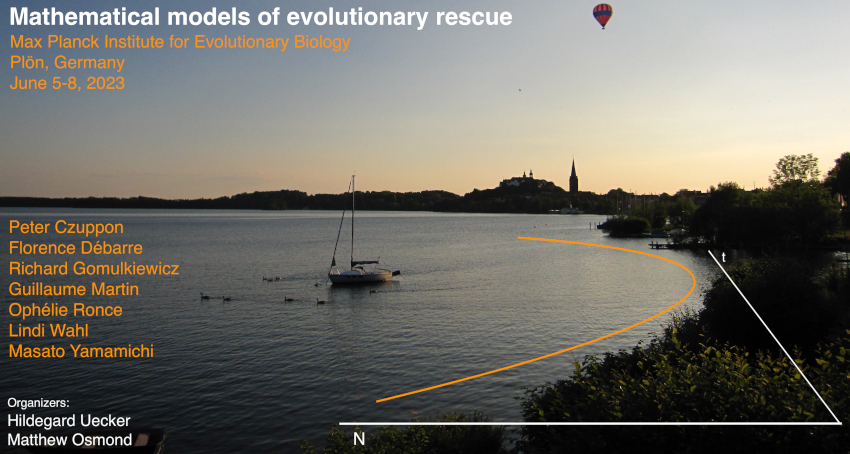Speaker
Description
We analytically approximated the probability of evolutionary rescue via a mutation that allows carriers to perform positive niche construction, whereby an unfavorable, novel habitat is converted to a favorable habitat at a fecundity cost. We assumed that mutants are in competition with non-niche-constructing wild types and that both types benefit from the reproductive habitats constructed by the mutants. We found that, by ensuring offspring survival, niche construction can invade a declining population with a high probability. However, if niche construction is too frequent, wild type over-exploitation of the constructed habitats can lead to extinction shortly after mutants have invaded. We found that such post-invasion extinction can be avoided with a decrease in the probability of niche construction, an increase in the rate of habitat loss, an increase in the total number of reproductive habitats, or a reduction in the population's carrying capacity. Our analytical predictions were tested with stochastic simulations.

